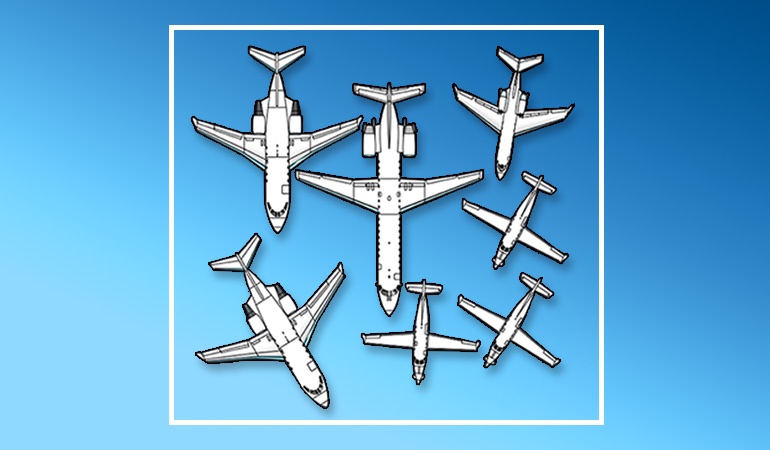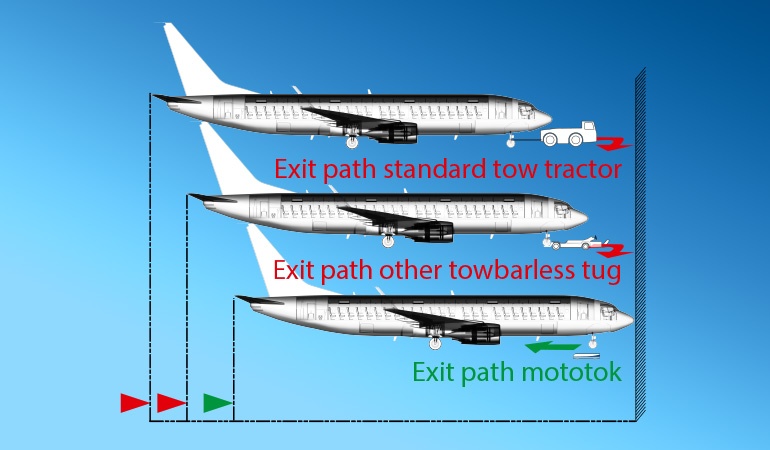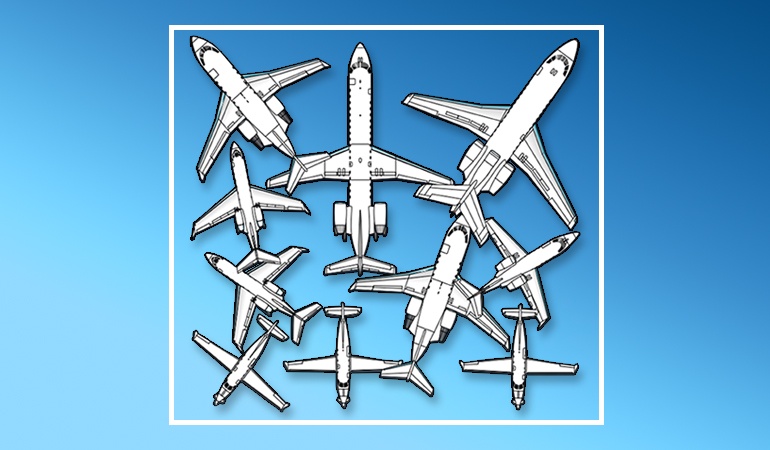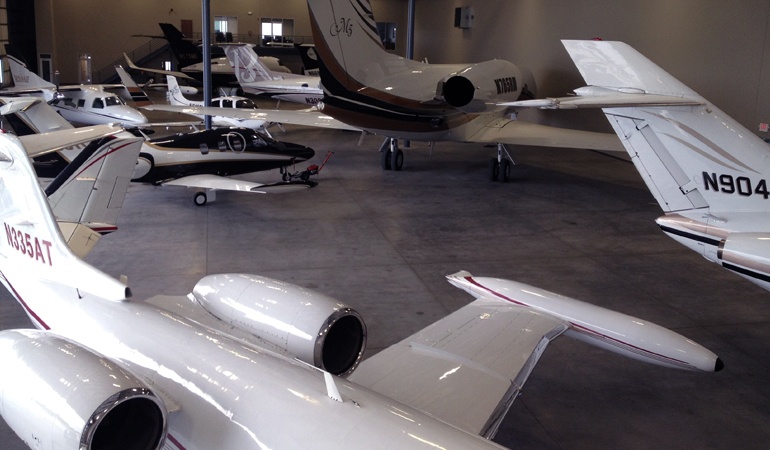The main purpose of every hangar is to store aircraft. Therefore parking is an important part of the deal. The efficient use of parking space is crucial to maximize your profit as an FBO. We show you some clever tips that will help you use every square meter of your hangar.
Space, safety, timing – the most important factors when it comes to aircraft parking
1. Space in the hangar
The number one criteria you want to meet is the maximum number of planes that you can fit in the hangar. At the moment, when you are filling your hangar you probably notice the spaces in-between the aircrafts. You can make use of these spaces with some intelligent parking techniques that work pretty much like a game of Tetris! Moving the airplanes as freely and “stacking” them as easily as the bricks in the old gaming classic: that should be pretty much your aim.
2. Safety and precision when moving the airplane
Certainly, that sounds decent, but is it safe? Damage to personnel, facilities and the aircraft itself has to be avoided at all costs. So especially when you minimize the space in-between the aircrafts you got to be extra careful. You have to use tools you can rely on completely, and that can work with strict precision, the exact same way you need it.
3. Time-management for your parking operations
Pinpoint accuracy is important but often it requires quite some (precious) time. After all, what’s all the money you save on parking space worth if you lose it on eternal parking operations instead? Sometimes things have to run quickly so make sure that the Tetris-principle mentioned above can be swiftly applied (without forfeiting your safety preparations of course). If the plane you need is in the very back of the hangar you either need a very good plan or a better strategy to begin with.
What are the main problems with conventional parking techniques?
When filling your hangar the conventional way it looks sort of like this:

There are several problems here. As you can see, the aircrafts are pushed backward into the hangar. Especially if you are working with towbars there is often no other way to do it because you have to consider the exit path of the tug. That’s why you can hardly park the planes headfirst.

Some hangar managers would even build gates on the other side of their hangar to let towbar-tractors exit there in order to maximize parking space. But that requires an infrastructure on the other side of the hangar as well (plus the gate itself of course) and therefore means additional costs.
Take a look at the huge spaces in-between the aircrafts as well. The lack of precision and mobility of some aircraft tugs forces hangar managers to simply roll the planes straight into the hangar and to leave a lot of space for maneuvering. You can’t risk overlapping the wings if you can’t trust your equipment to work precisely, too.
How can you implement clever airplane parking in your hangar instead?
Probably the most important piece of advice when it comes to airplane parking is that you have to pick staff and equipment you can trust and completely rely on. Nothing in the world will help you with this if you can’t prevent human or technical failure from happening. That being said, there are some neat tips how to get your hangar to look something like this:

Here’s how to do it:
- Use planes with swept wings to fill the space in the corners. Point their noses to the corners and push them as far as you can before the wings touch the walls.
- The first aircraft in the hangar should be the biggest one you have. Parking from largest to smallest lets you use the space most efficiently. Imagine filling a glass with pebbles and sand: First, you put the pebbles in, then you let the sand fill the spaces in between.
- Keep the aircrafts that are most frequently used near the gates and store unused planes in the back of your hangar. Thus you will have to move the fewest aircrafts to get what you need.
- The space underneath the wings of big aircrafts: Don’t let it go to waste! Use it to store small planes.
- Make sure you have a good overview of the situation when filling your hangar. Walk around, check the distances between planes and other objects and always be cautious of obstacles.
Solution
Some of these tips you won’t be able to follow with a conventional aircraft tug. As mentioned above, for example, a towbar needs very much space in front of the aircraft making some of these maneuvers impossible. You need a small, agile tug that doesn’t require additional space and can work precisely to the millimeter.
Perfect for the job are those tugs which dock at the gear itself and move the aircraft naturally, with the smallest turning circle possible. Their traction wheels are on the same level as the gear of the aircraft, granting full flexibility. Furthermore, only one person is needed to operate them, thus minimizing personnel costs and the risk of human error.
Case Study: Maxem Aviation
One example of an FBO that benefitted from this parking technique is Maxem Aviation in Perth. They are in fact using Mototoks to fill their hangar. See our tugs in action right here:
Conclusion to clever airplane parking
Intelligent aircraft parking can increase your revenue dramatically and is easy to implement. With the right technique and especially the right tools you can use all of the space in your hangar efficiently. Get in touch right now and together we will find a solution for your parking situation, too!


Comments